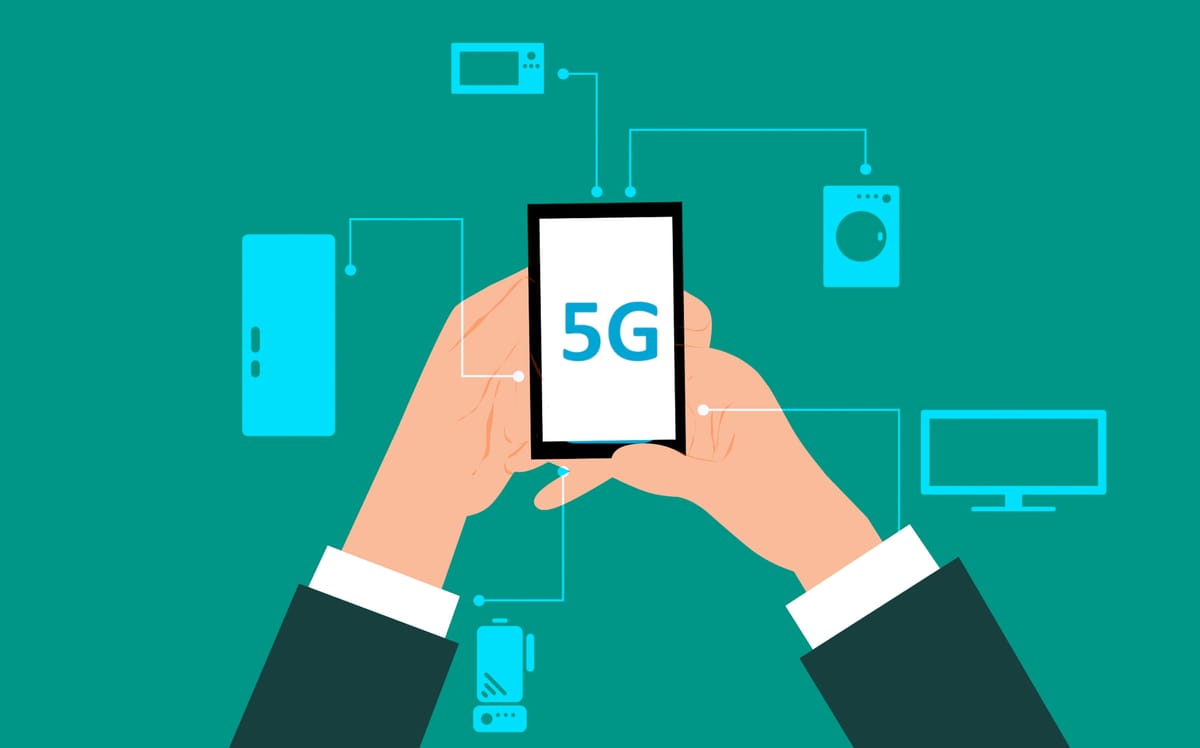Advocates for New Wireless Technologies Claim Sooner Rollout, Explicate Exciting 5G Attributes
September 15, 2020 – Advocates for the much-promoted 5G wireless standard last week explained that the COVID-19 pandemic has accelerated the timetable for deployment. “COVID-19 has just made the future sooner,” said Joe Reele, vice president of Schneider Electric. “Private 5G networks are going to b
Liana Sowa

September 15, 2020 – Advocates for the much-promoted 5G wireless standard last week explained that the COVID-19 pandemic has accelerated the timetable for deployment.
“COVID-19 has just made the future sooner,” said Joe Reele, vice president of Schneider Electric. “Private 5G networks are going to be incredibly impactful.”
“There is more demand for infrastructure,” added Ryan Lepene, co-president of Pepper Tree Capital. And Leticia Latino van-Splunteren, CEO of Neptuno USA, Inc. pointed out that many businesses have changed their models accordingly to meet this demand.
Each were speaking at the 2020 conference of NEDAS, an industry-led nonpartisan association enabling communications infrastructure.
Some companies have instituted paired down versions of 5G networks called 5G non-standalone networks in preparation for the full rollout. These networks “combine an existing LTE channel for 5G signaling” with other newer developments in 56 explained Art King, director of enterprise services at Corning.
“5G is the first ‘G’ that is not just a faster radio network,” said King.
He explained that 5G builds on four technology building blocks that combine to meet eight technological goals and three user benefits.
The first four chief goals of 5G are to improve, by a factor of 10, the user experienced data rate, area traffic capacity, connection density, and latency. The other four goals have varying rates of improvement, with spectrum efficiency being three times more efficient than LTE, peak data rate improving by up to 20 times, network energy efficiency improving 100 times, and mobility improving from 350 to 500 km/hr.
Building blocks for 5G wireless technologies
Speakers at the NEDAS conference discussed the key building blocks for 5G technologies. They are the so-called 5G-NR (where “NR” stands for “new radio”), 5G Radio Access Network/5G standalone, ultra-reliable and low latency communications, and network slicing.
The 5G-NR standard is a descendant of the LTE air interface and has increased the wideband signal from 20 megahertz to 400 megahertz.
To do this, “we’ve had to open up frequency ranges in what’s called the millimeter wave to actually support that wideband signal,” said King.
The 3 GigaHertz (GHz) to 6 GHz range of the spectrum is “where the prime spectrum is,” said Shirish Nagaraj, chief technologist at Corning Optical Communications, “That’s what’s getting talked about in terms of CBRS, and going forward in C-Band as well.”
Importance of Radio Access Networks, dynamic spectrum sharing, and ultra-low latency
In 5G RAN/5G standalone all the data signals occur between the phone and the tower. Because the United States is so large, we can’t deploy this yet, “so we have to maintain a lot of compatibility and leverage the LTE core networks in place,” said King.
Dynamic spectrum sharing is one way of leveraging the LTE networks. While the LTE signals go off constantly and provide “blanket coverage,” Nagaraj explained, the NR signals “fit around” the LTE signals and don’t go off constantly, acting as a supplemental data channel.
The ultra-reliable and low-latency combination monitor refers to a collection of software and hardware techniques that enable high availability, low latency, and “in some cases, bounded jitter for critical application performance needs,” expounded King.
One of the main technologies included in this is yet another buzzword: Massive MIMO, for Multiple Input, Multi Output. After all, with full 5G, different signals transfer through multiple antennas. These signals are decoded by the user’s equipment.
Nagaraj pointed out that this technology “doubles or quadruples the capacity depending on the number of antennas that you’re using.”
Network slicing creates multiple virtual networks on top of a shared physical infrastructure, meaning that having access to a single physical network no longer means access to a single network. This capability is useful in the hospitals where the vast amount of equipment usually requires having multiple networks to ensure that everything runs smoothly.
Through these building blocks, users should experience enhanced mobile broadband (greater bandwidth), greater device density, and lower latency rates.
King urged users that when exploring 5G offers that they consider the underlying building blocks being used to deliver the service.










Member discussion